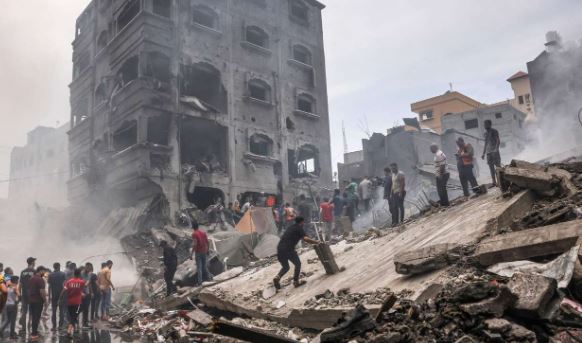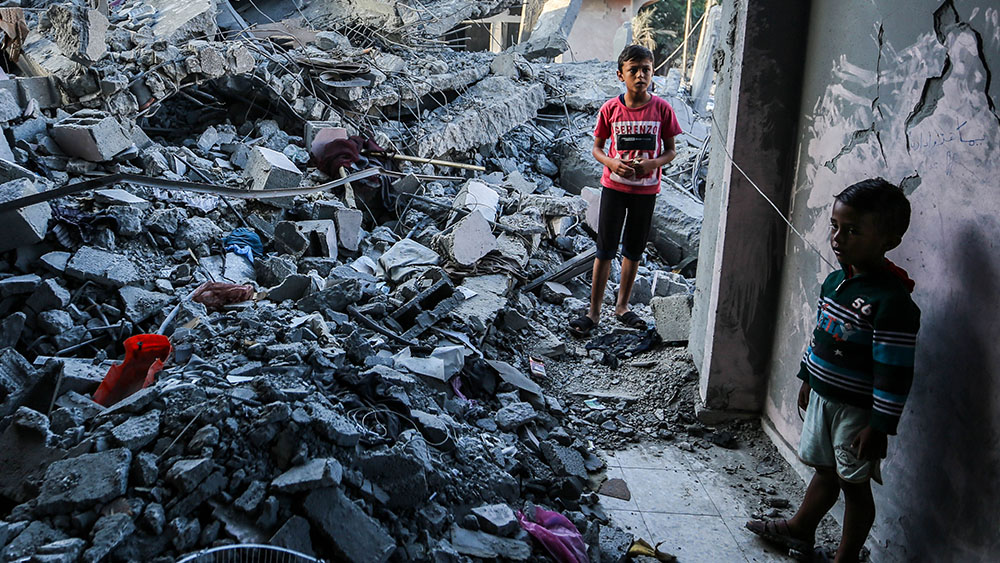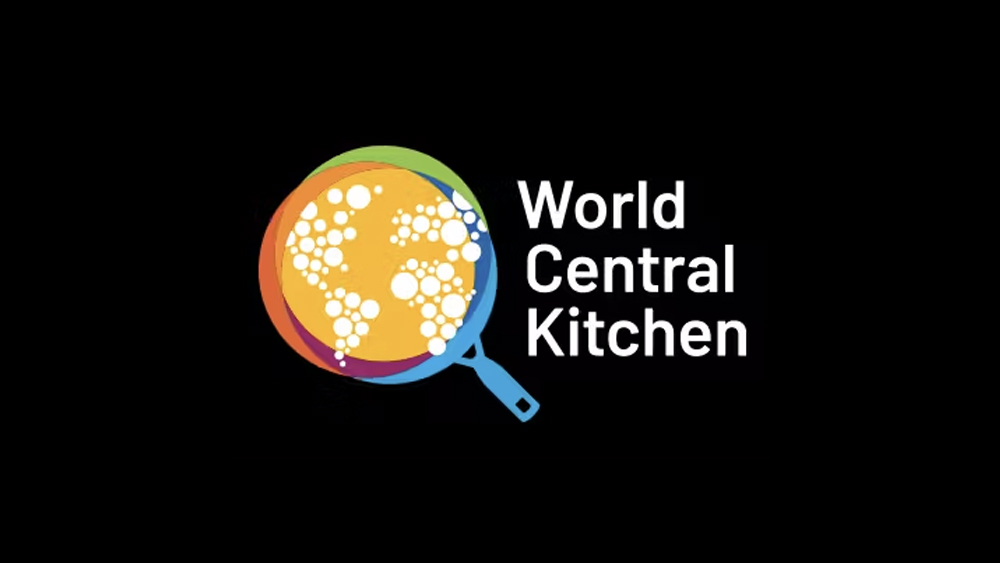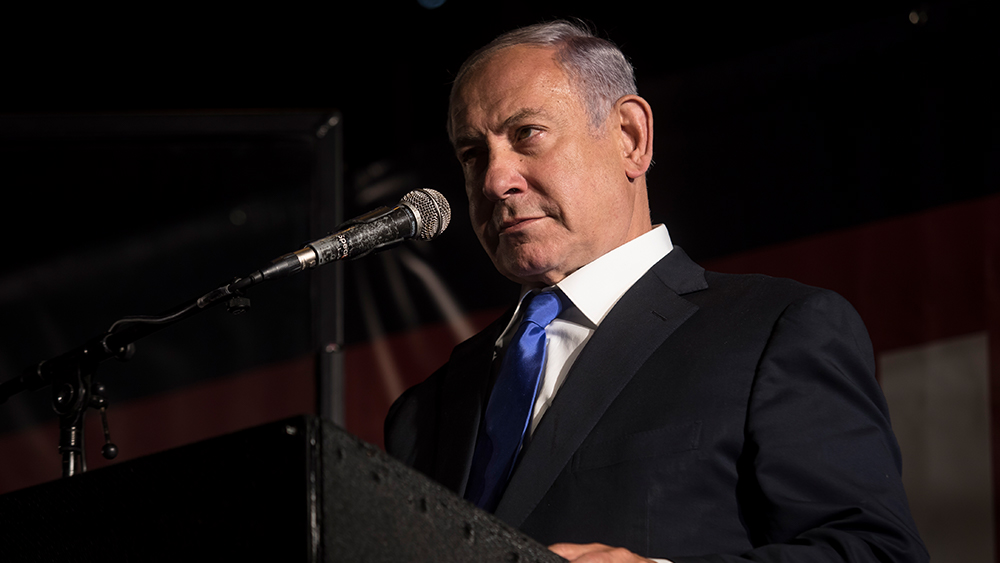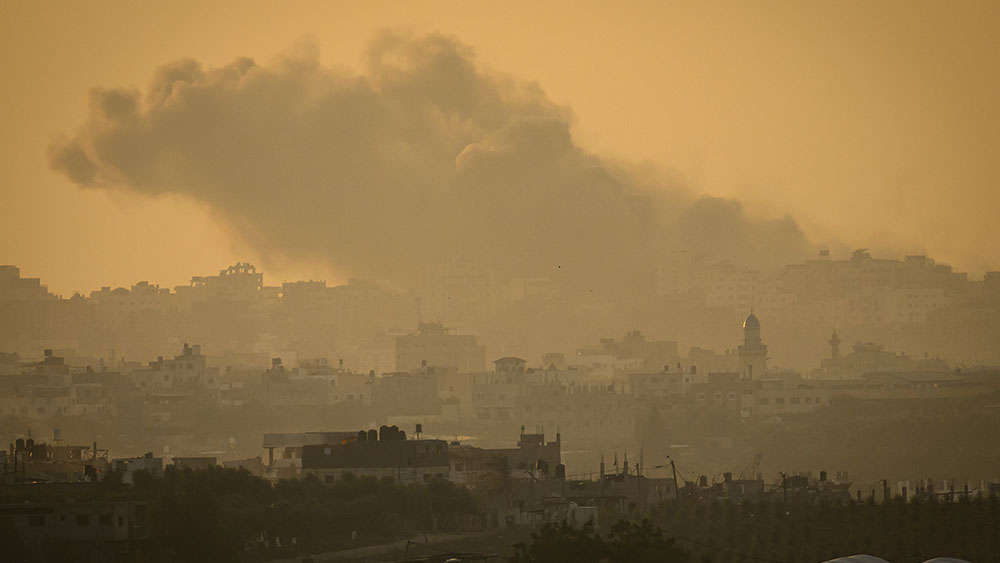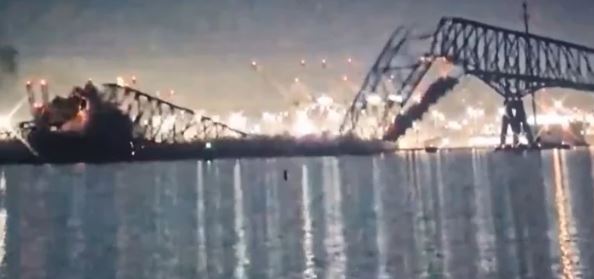Study: More than 5 billion people could starve to death following a US-Russia nuclear war
08/19/2022 / By Kevin Hughes

A recent study published in the journal Nature Food has theorized that over five billion people could starve to death following a nuclear war between the United States and Russia.
The prevailing notion about a nuclear war is that most deaths would be inflicted directly by the nuclear weapons. But the study conducted by scientists at Rutgers University put forward the possibility that the real damage would manifest in the years after the war.
According to the study, ash and soot from burning cities following the war would enter the atmosphere and block out sunlight – killing crops and subsequently collapsing the global food supply. The ash from a nuclear explosion would reach its peak within a year or two. The reduction in temperature would last for over a decade and would also involve reduced precipitation.
Lead author Lili Xia said: “The ozone layer would be destroyed by the heating of the stratosphere, producing more ultraviolet radiation at the surface. We need to understand that impact on food supplies.”
The scientists used a state-of-the-art global climate model to calculate the climatic and biogeochemical changes caused by a range of stratospheric soot injections, each associated with a nuclear war scenario. They combined results with assumptions about how crop, livestock and fish production and food trade could change and calculated the amount of food that would be available for each country in the world after a nuclear war.
“In a nuclear war, bombs targeted on cities and industrial areas would start firestorms, injecting large amounts of soot into the upper atmosphere, which would spread globally and rapidly cool the planet. Such soot loadings would cause decadal disruptions in Earth’s climate, which would impact food production systems on land and in the oceans,” the study stated.
Even a small-scale nuclear war could have devastating effect on food supply
Aside from the large-scale U.S.-Russia nuclear war, the study analyzed five smaller nuclear conflict scenarios.
In the case of the smallest scale nuclear war scenario, the average caloric production would be reduced by seven percent globally within five years, which would be the highest change since the United Nations’ Food and Agriculture Organization started keeping records in 1961.
The largest scenario examined, of course, features U.S. and Russia. After a nuclear conflict between the two giant nations, the study model found that the quantity of global food production would go down by 90 percent within three to four years, and 75 percent of the global population would be starving within two years.
The study model also found severe crop declines in major exporting countries, causing severe disruptions in import-dependent countries. (Related: Impending nuclear winter: A 1-week nuclear war between India and Pakistan could kill 50-125 MILLION people – and starve the rest, warn experts.)
Some countries, including Australia and New Zealand, would experience smaller impacts than other countries. “Australia and New Zealand would probably see an influx of refugees from Asia and other countries experiencing food insecurity,” the study stated.
“The data tells us one thing: We must prevent nuclear war from ever happening. The five-year-old UN Treaty on the Prohibition of Nuclear Weapons has been ratified by 66 nations, but none of the nine nuclear states. Our work makes clear that it is time for those nine states to listen to science and the rest of the world and sign this treaty,” climate science professor and study co-author Alan Robock said.
Nuclear weapons have not been used in a war since 1945, but the U.S. and Russia have thousands of nuclear weapons ready to launch from their arsenals.
A recent CBS News poll found that 70 percent of adults fear that Russia’s invasion of Ukraine could ignite a nuclear war. The survey was conducted after Russian Foreign Minister Sergey Lavrov said that the danger of nuclear war “should not be underestimated.”
Watch Lavrov talk about the risks of nuclear war.
This video is from the In Search Of Truth channel on Brighteon.com.
More related stories:
Small-scale nuclear war could devastate global environment for years, researchers say.
Climate report from 2004 predicted “millions” of deaths, sunken cities, and nuclear war by 2020.
Sources include:
Submit a correction >>
Tagged Under:
big government, chaos, crop, famine, food collapse, food production, food supply, harvest, hunger, national security, nuclear, nuclear war, ozone layer, population collapse, Russia, starvation, Ukraine, ultraviolet radiation, United States, WWIII
This article may contain statements that reflect the opinion of the author
RECENT NEWS & ARTICLES
COPYRIGHT © 2022 Scarcity.news
All content posted on this site is protected under Free Speech. Scarcity.news is not responsible for content written by contributing authors. The information on this site is provided for educational and entertainment purposes only. It is not intended as a substitute for professional advice of any kind. Scarcity.news assumes no responsibility for the use or misuse of this material. All trademarks, registered trademarks and service marks mentioned on this site are the property of their respective owners.






